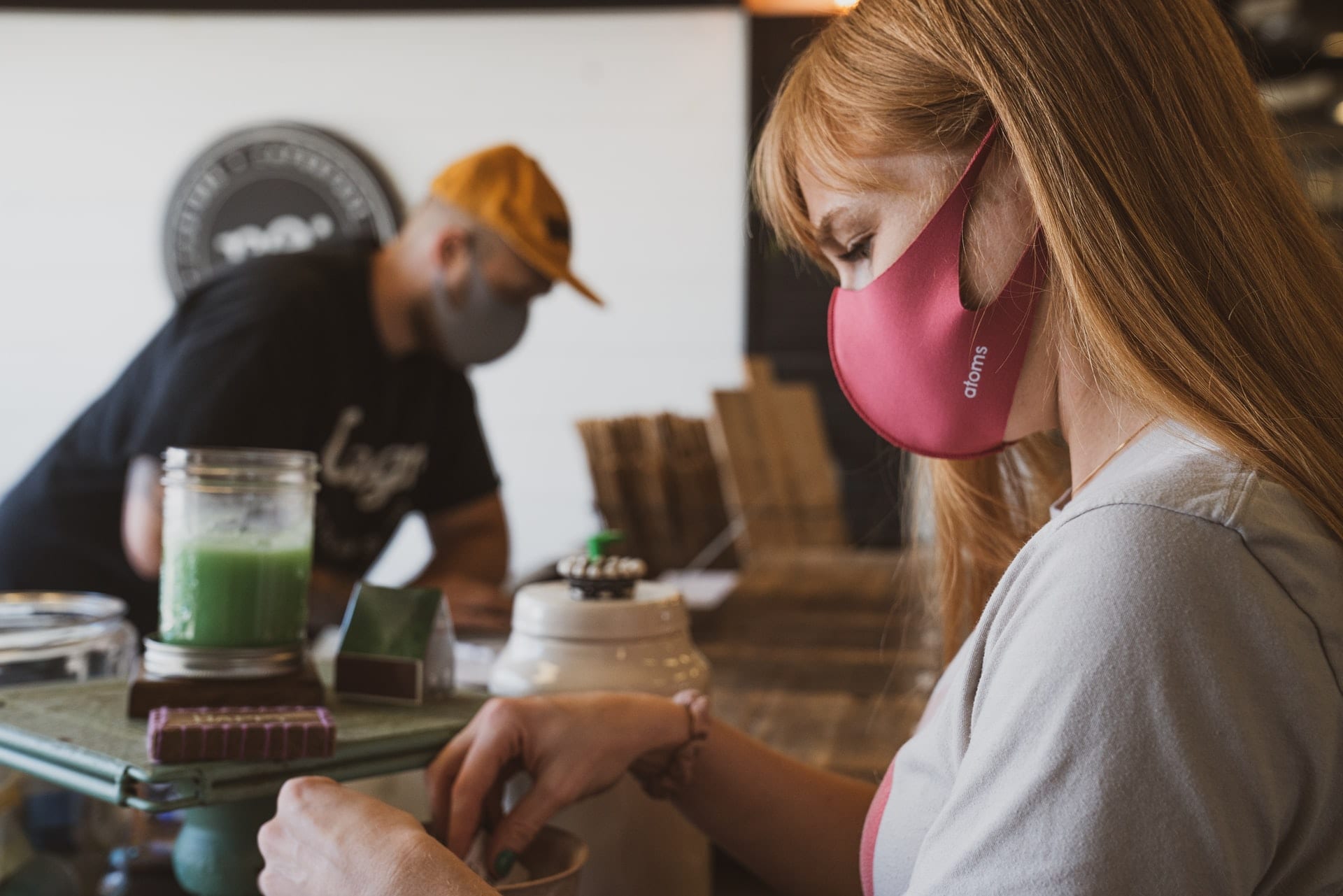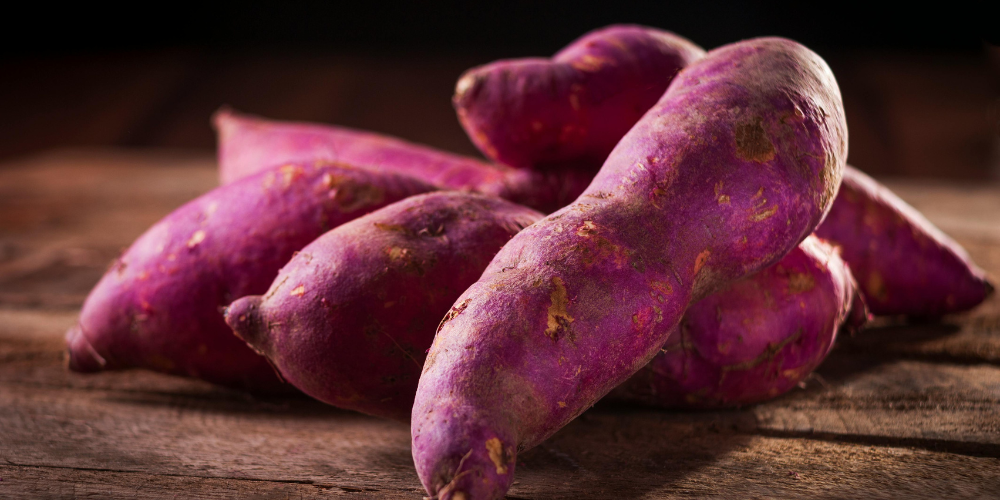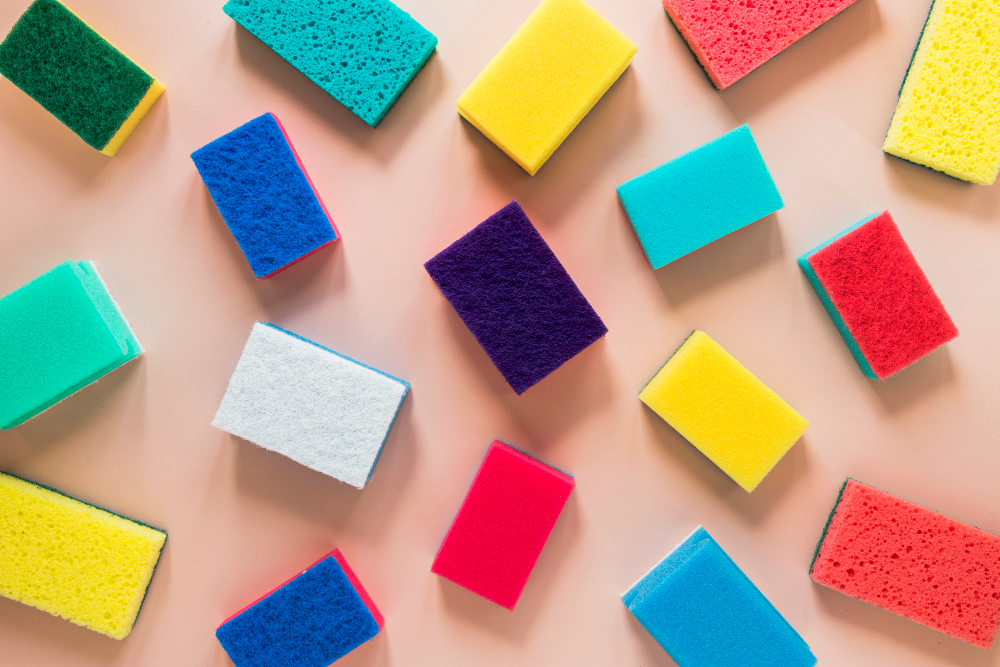Food doesn’t just feed the body—it excites the senses. Chefs know that presentation often influences taste, and edible flowers highlight this truth. Their vibrant petals transform salads, cakes, and even cocktails into dishes that feel like art.
However, like bold fashion pieces, they work best in moderation. While appealing to the eye and steeped in history, they should be used carefully and sparingly.
A Long Culinary Tradition
The use of edible flowers stretches back centuries. Records from as early as 140 B.C. show them appearing in traditional dishes. Across the globe, cultures have embraced them in different ways. In Italy, zucchini blossoms are often stuffed and fried to create a delicate appetizer.
In Mexico, marigold petals add color and meaning to festive recipes. In modern kitchens, people sometimes mix petals into compound butters, enhancing both flavor and aesthetics. These examples show that flowers are more than garnish—they are a culinary tradition with cultural depth.
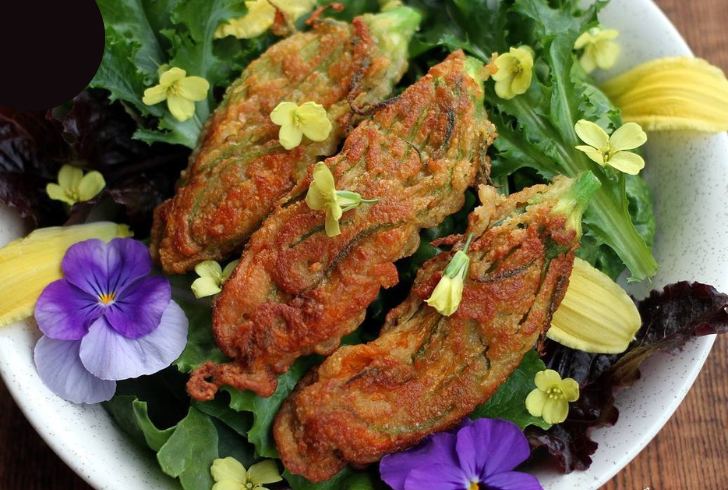
Instagram | @anna.pelzer | Edible flowers carry history culture and flavor in every dish.
Why Moderation Is Important
Although edible flowers are generally safe, not all varieties agree with everyone. Some contain phytotoxins that may cause digestive issues or stronger reactions. Others may trigger allergies, particularly for those sensitive to pollen.
Even commonly used flowers can carry traces of pesticides. For these reasons, experts advise introducing them in small amounts. By starting slow, it becomes easier to see how the body responds while still enjoying their beauty.
How to Source Edible Flowers Safely
There are two reliable ways to find edible flowers: foraging or buying.
Foraging requires knowledge and experience because misidentification can lead to harmful mistakes. If attempted, tools such as The Seek App or Google Lens help confirm safety. Morning harvests work best because flowers stay fresh once dew dries but before heat causes wilting. Fresh flowers taste best the same day, though refrigeration between paper towels helps preserve them briefly.
Buying often proves the safer option. Supermarkets with organic produce sections and trusted specialty stores usually sell flowers labeled safe for human consumption. Florists’ flowers may look identical, but they often contain chemicals from pesticides or preservatives. Choosing food-labeled options ensures freshness and reduces risks.
Health Benefits and Limitations
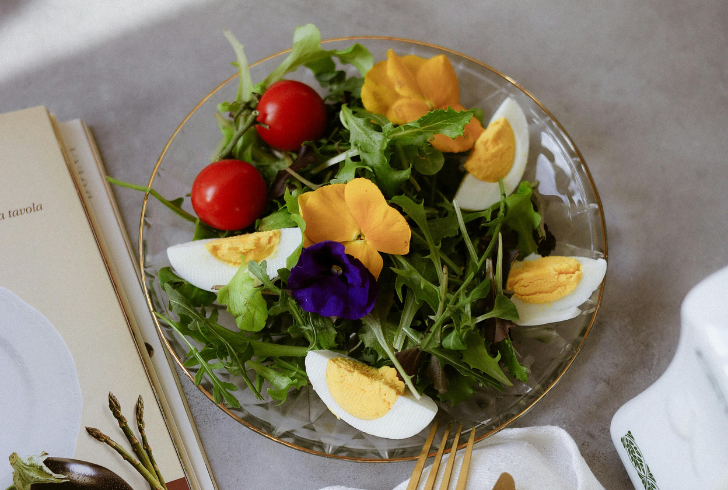
IPexels | Nati from | Edible flowers add beauty and light wellness support but never replace real food.
Edible flowers often carry antioxidants and natural compounds with mild wellness benefits. Some may support heart or skin health, while others provide subtle anti-inflammatory effects.
Yet they should not replace nutrient-rich staples. Vegetables, fruits, grains, and proteins remain essential for balanced diets. Flowers should serve as accents, adding color, texture, and occasional benefits without becoming the focus of a meal.
Edible flowers bring undeniable charm to food. Their color elevates even the simplest dish, making it more inviting and memorable. Yet moderation and safety remain the key reasons to use them sparingly. By sourcing carefully and consuming in small portions, they can enhance meals without risk. When treated as decorative accents rather than dietary staples, edible flowers can turn ordinary dining into an extraordinary experience.


